Dynamic microphones: what are they and how to connect?
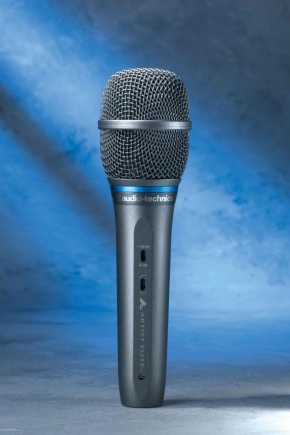
Today on the market of musical equipment there is a large number of a wide variety of microphones. Due to the wide assortment, the choice of the device should be approached with special attention and care.
Dynamic microphones are very popular among modern consumers. Today in our article we will consider the characteristic features of such devices, their advantages and disadvantages, as well as popular varieties.
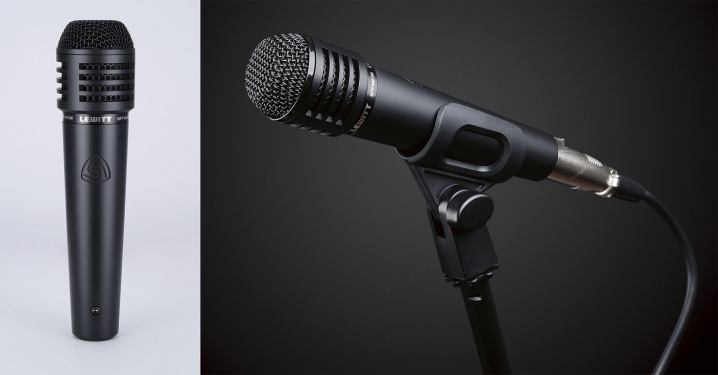
What it is?
A dynamic microphone is one of the most popular types of microphones. Such a device dispenses with the so-called "phantom" power supply. If we talk about the design features of the electrodynamic accessory, then it is important to note the fact that the internal structure of the microphone is similar to the device of a loudspeaker of the same dynamic type.
The principle of operation of the device is quite simple.
In this regard, a dynamic microphone can be purchased at a fairly low price - accordingly, the device is available for different segments of the population of our country.
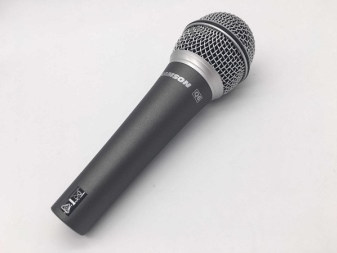

The hallmark of the dynamic device is its robust internal design. This allows the microphone to withstand temperature fluctuations and interact with high-volume sound waves.
The dynamic microphone is the choice of users who want high quality loud sound. It can be used both outdoors and indoors - it will be equally effective.
The devices work due to the presence of a specific magnetic field. The diaphragm of the dynamic type equipment is made of plastic materials and is located under the wire spool. It should be borne in mind that as the diaphragm vibrates, the voice coil also begins to vibrate.
Thanks to these processes, an electrical signal is generated, which, in turn, is converted into sound.


Advantages and disadvantages
Like any other musical accessory, a dynamic microphone is distinguished by its specific characteristics, which have both positive and negative coloration. Before making a purchase, it is important to familiarize yourself with all the properties of the device.
First of all, it is necessary to appreciate all the advantages of dynamic microphones.
- Resistant to high overloads. Due to this characteristic of the devices, a dynamic microphone can be used to pick up sound sources that have a high volume level (for example, a musical instrument amplifier). There is no risk of equipment damage at all.
- Reliable construction. As mentioned earlier, dynamic type musical equipment is very durable and reliable. Accordingly, it is capable of withstanding mechanical damage and shock. In this regard, microphones are very often used during performances and concerts on stage. Dynamic microphones can also be used in rehearsals, at home and on tour.
- Low level of sensitivity. A dynamic microphone does not perceive extraneous noise, and is also low sensitive to feedback (i.e., noise that appears when the microphone is brought closer to a working speaker).
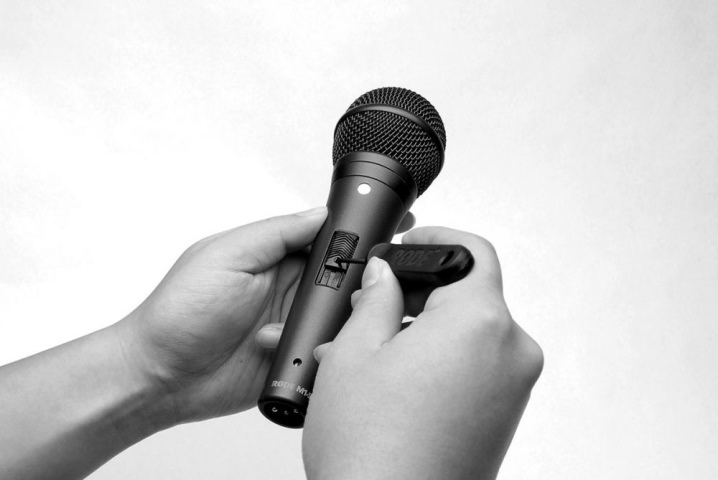
However, in addition to the advantages described above, dynamic microphones are also characterized by a number of negative features.
Low sound level. As you know, there are a large number of types of microphones on the modern market. If we compare the dynamic type with other types of devices, then we can note the fact that it is significantly inferior to the capacitor type in terms of transparency, purity and naturalness of sound.
Despite the fact that this drawback is the most pronounced, we can note the fact that dynamic devices perceive only a small frequency range, and also do not quite correctly convey the timbre of the voice.
Based on the foregoing, we can note the fact that dynamic devices are characterized by both advantages and disadvantages. When buying, you should take into account the entire range of properties and functional features of such musical accessories, so as not to regret your purchase in the future.
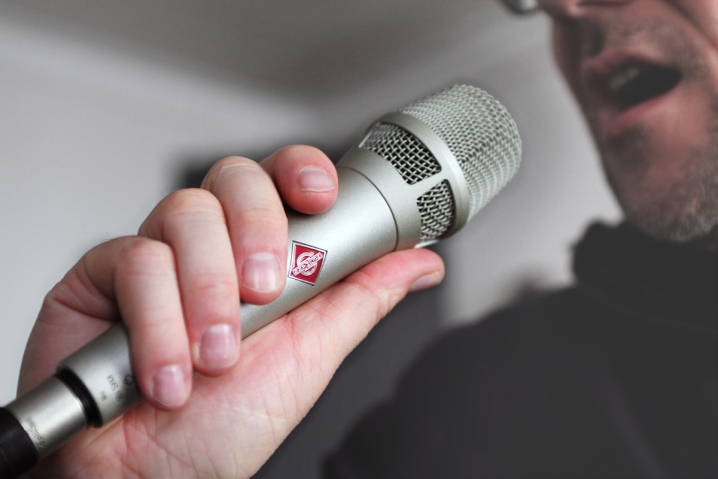
Varieties
There are a large number of dynamic microphone models on the market today. Today in our article we will look at several popular types of such devices.
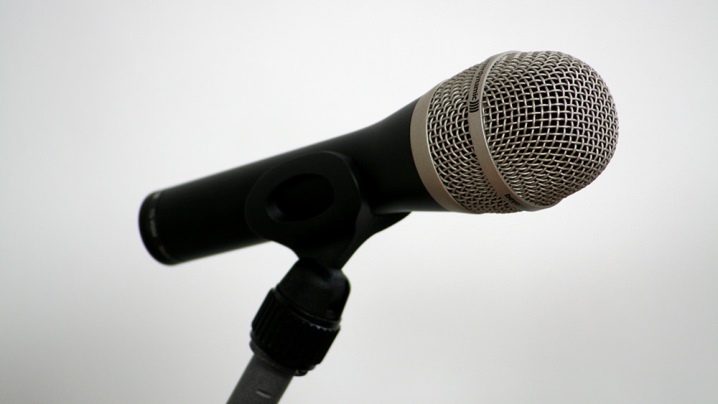
Vocal
This vocal dynamic device is suitable for artists who have loud and harsh voices. Microphones are often used by performers in genres such as rock, punk, alternative music, etc.
When using the equipment, you will get a fairly powerful and dense, as well as moderately spacious sound.

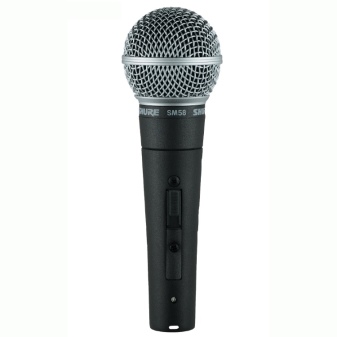
Cardioid
These microphones provide high quality sound for both speech and vocals. Due to the special design of the device, the equipment perceives sound in the standard frequency range.
The cardioid system reflects unwanted noise and also removes the audio signal from the source.
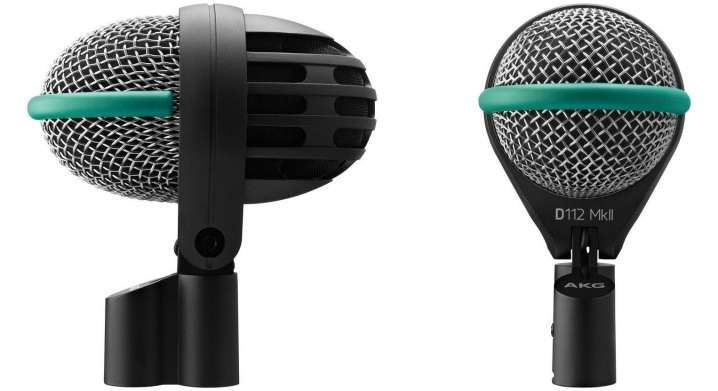
Wireless
Wireless devices are characterized by high comfort and ease of use. Modern artists prefer just such varieties, since they can be used in any conditions (at rehearsals, at concerts, etc.)
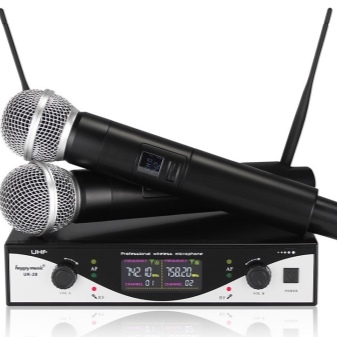

Reel
The internal structure of such a device consists of a diaphragm, which is securely connected to an inductive coil (hence the name of the device). The inductor is located in the annular gap of the magnetic system.
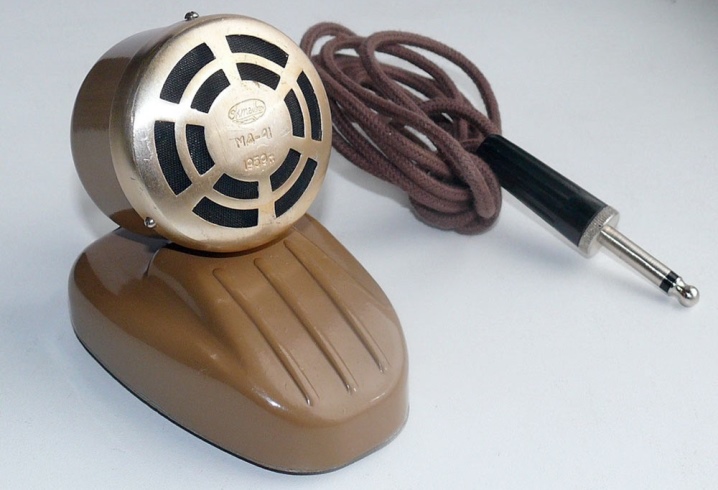
Tape
The magnetic field of the dynamic ribbon microphone contains a corrugated ribbon made of aluminum foil.
The equipment is often used in special recording studios.
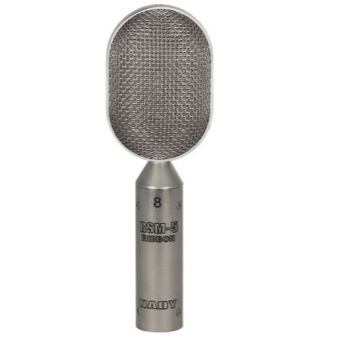
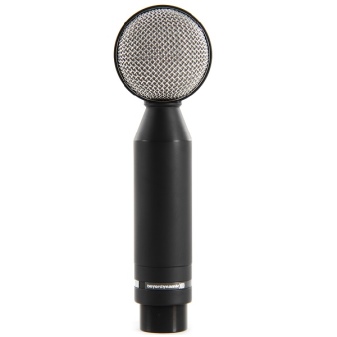
Popular models
The rating of the best models of dynamic microphones includes the following devices:
- Samson C02;
- Samson Q6 CL;
- Shure PG58-QTR;
- Shure PG48-QTR;
- Rode M2;
- Rode M1-S etc.
When buying, pay attention only to well-known and trusted manufacturers of dynamic microphones.
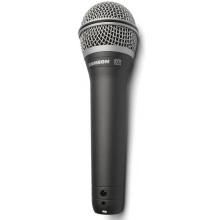
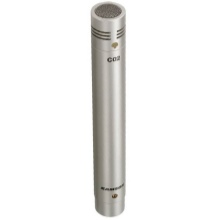

How to connect to a computer?
Once you have purchased a dynamic microphone, it is important to connect it correctly. The device can be connected to both a personal computer and a laptop. A detailed connection diagram is presented in the operating instructions supplied with the microphone and is an integral part of the standard equipment.
If you have an external sound card available, then the connection process is automatically simplified several times. You just need to find a suitable connector on the card to which the microphone is connected. Remember to make sure you have the correct driver software installed on your computer.
Also, a microphone can be connected to a computer using a special device, a preamplifier, as well as a mixer.
Thus, it is important not only to choose the right device (taking into account its type, as well as a specific model), but also to correctly connect the equipment to the computer. If you treat this process carefully and responsibly, then you will be able to cope with it on your own without involving specialists.

You can find out how a dynamic microphone differs from a condenser one below.













The comment was sent successfully.